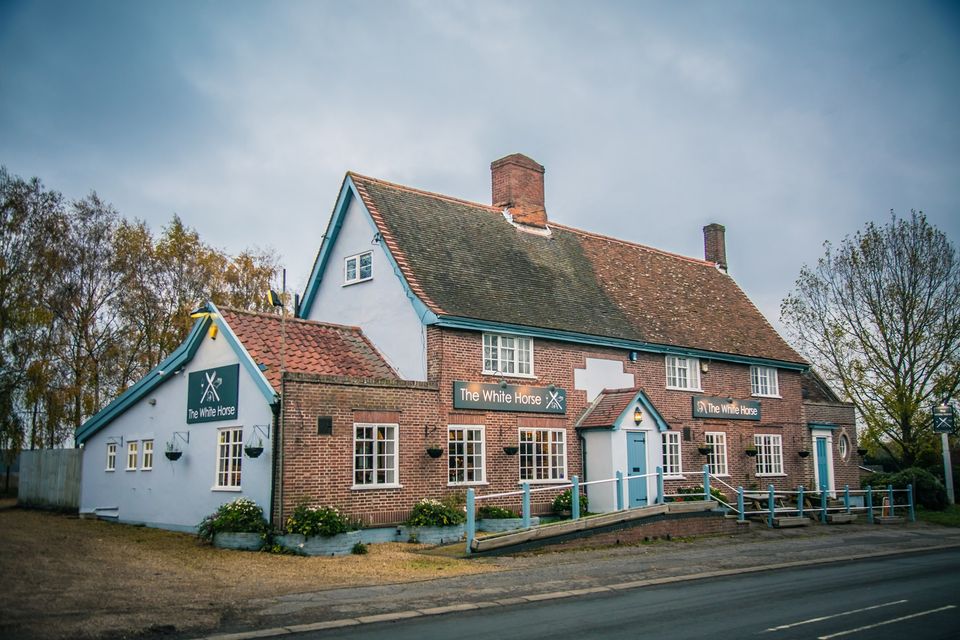Denise has many interests, in particular, the history of workhouses. Semer, in Suffolk, is close to her heart because she was brought up there, though not in the workhouse!
This talk helped us understand how the Poor Laws affected the lives of the poor, both those who could work but wouldn’t and those who would work but couldn’t. The Poor Laws set out to make the poor became the responsibility of the state instead of relying wholly on charity. An act was passed to fix wages and restrict the movement of labourers. By 1576 poor relief was given in return for labour. By the beginning of the seventeenth century the parish was expected to care for those unable to work. The Napoleonic Wars led to an increase in poverty with soldiers returning home unable to find work. In 1884 a New Poor Law was introduced which resulted in the formation of the union workhouses. Over 500 were built in 50 years.
The next meeting of Diss U3A will be on Thursday 2nd April 2015, at Diss United Reform Church, starting at 10.30 a.m. The guest speaker will be Alexander Bass who will give a talk entitled, “A Year in the Life of the Wildlife of RSPB Minsmere”
For further information on Diss U3A please visit the website: www.dissu3a.org.uk
The country was divided into hundreds; there were nineteen in Suffolk. Life in the workhouse was very tough, rather like prison. New arrivals were stripped, searched, washed and had their hair closely cropped, because of lice! Uniforms were generally prison-style. There were many rules, read out loud once a week and displayed around the building, although presumably most inmates could not read. Punishment books reveal very harsh regimes. For instance a woman was locked up for 24 hours for swearing and being noisy. For fighting, an inmate would have no meat for a week while breaking a window resulted in two months hard labour in prison. Women were separated from men. Families were split up and some children never saw their parents or indeed, the outside world. The work was tedious and exhausting. For instance, stone crushing, bone crushing (for fertilizer) and sack making. Food was strictly rationed: Breakfast – gruel for men, a pint of tea and bread. Dinner: possibly pease soup and a pint of beer. Supper for men and boys: bread and butter or cheese and beer (1/2 a pint for the boys).
Semer hundred is between Hadleigh and Stowmarket. It is a little bigger than a village. Hollow Trees Farm shop used to be Sayers Farm. This was the home of Denise’s family.
Plans for the workhouse show that the yards were built in 1780, including a hospital for the aged and infirm – quite unusual. There was also separate ward for very young children and for able-bodied poor adults as well as a reception area for sick inmates, the ‘pest house’, and a secure area to house ‘lunatics’. There was also a burial ground here. This plan shows the building in 1882.
The main tasks involved spinning wool which was sent to Norwich, and gardening. There were 10 acres which were used very productively for growing fruit and vegetables. Work conditions at Semer were less harsh than in other union workhouses. The women at Semer, were even allowed five pints of beer on wash days! Apart from keeping them cheerful, it was recognized that beer was safer than water and would reduce the number of infectious diseases!
